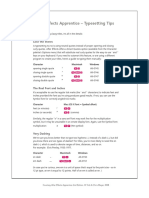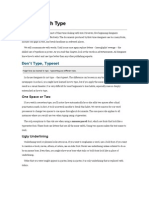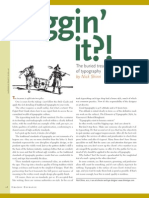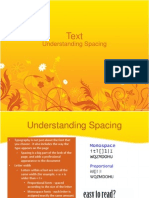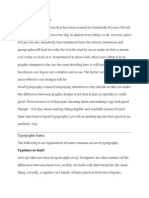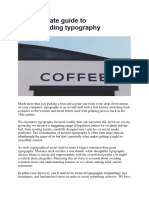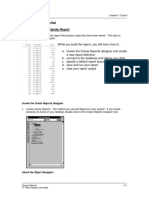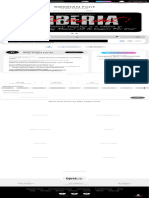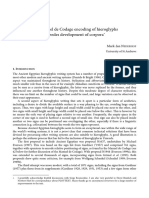0% found this document useful (0 votes)
20 views4 pagesType Basics
The document provides essential typography tips for editors and graphic artists, emphasizing the importance of using correct glyphs, spacing, and font choices to enhance readability and professionalism in design. It discusses the significance of tracking and kerning, along with the appropriate use of dashes and quotes, while also advising against using too many fonts in a single design. Additionally, it suggests resources for further learning and emphasizes the need to align font choices with the intended message of the project.
Uploaded by
Bijender Singh PundirCopyright
© © All Rights Reserved
We take content rights seriously. If you suspect this is your content, claim it here.
Available Formats
Download as PDF, TXT or read online on Scribd
0% found this document useful (0 votes)
20 views4 pagesType Basics
The document provides essential typography tips for editors and graphic artists, emphasizing the importance of using correct glyphs, spacing, and font choices to enhance readability and professionalism in design. It discusses the significance of tracking and kerning, along with the appropriate use of dashes and quotes, while also advising against using too many fonts in a single design. Additionally, it suggests resources for further learning and emphasizes the need to align font choices with the intended message of the project.
Uploaded by
Bijender Singh PundirCopyright
© © All Rights Reserved
We take content rights seriously. If you suspect this is your content, claim it here.
Available Formats
Download as PDF, TXT or read online on Scribd
/ 4

